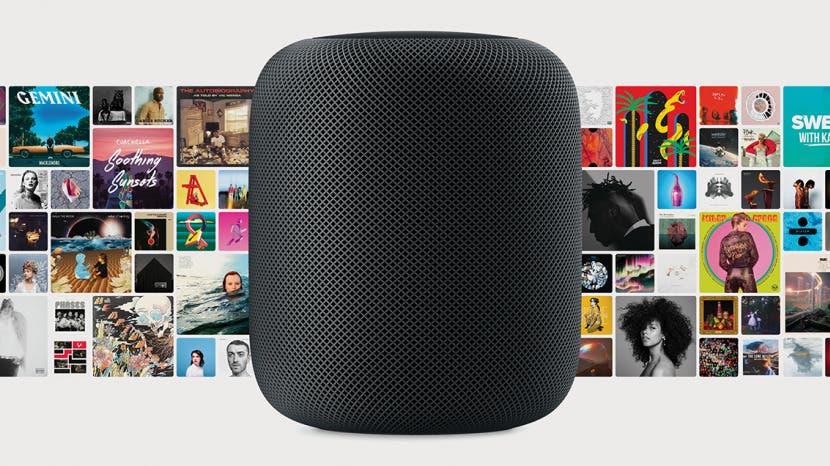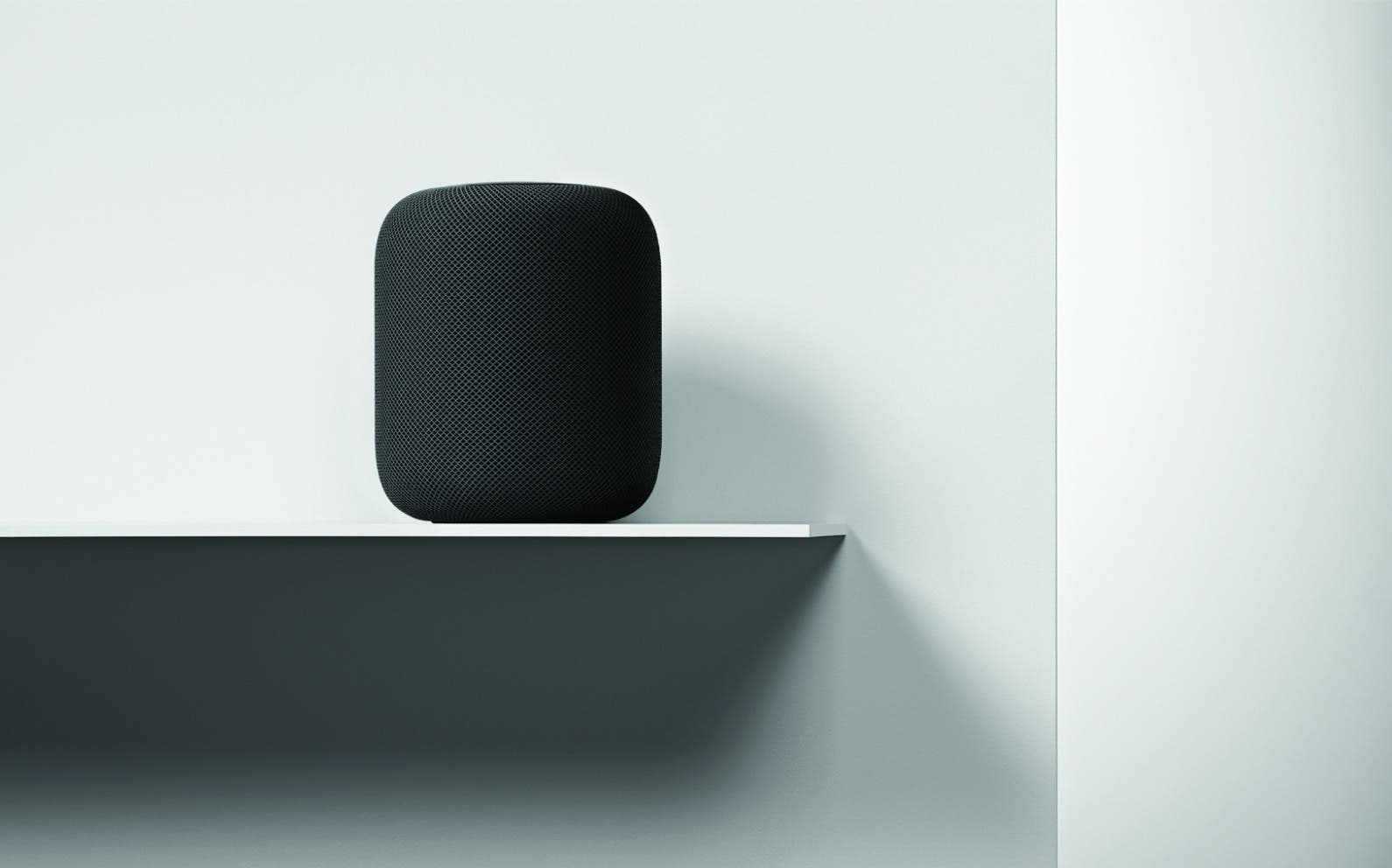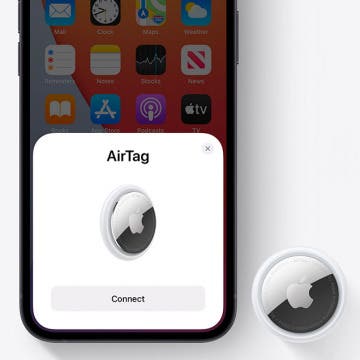
Apple rarely invents new products. Instead, it typically waits for other companies to enter an industry, learns from their mistakes, and then releases a finished product that is superior to anything else on the market. When Apple released the Apple I computer in 1976, for example, the company was far from being the first personal computer firm established, and yet the Apple I was the most polished product of its kind on the market at the time. When Steve Jobs created the original Macintosh computer, he took the idea for the mouse and graphical user interface from Xerox. The iPod and iPhone are also great examples: AT&T released the first portable media player five years before the iPod came out, and the iPhone was released more than a decade after the first smartphone came out in the mid-‘90s. So, when Apple released the HomePod almost three years after Amazon released the Echo and almost one year after Google released the Google Home, it felt like a familiar formula.
The problem this time around, however, is that while the smart speaker market is still relatively new, Amazon has already proven to be a formidable competitor. Amazon’s Alexa platform now has over 25,000 third-party voice apps (called skills.) Jeff Bezos, Amazon’s founder and CEO, claims that Amazon has already sold over 20 million Alexa devices. The Google Home can also perform a ton of tricks that the HomePod currently cannot, such as controlling your TV (through Chromecast integration) and recognizing multiple voices. The question is whether Apple has done enough to differentiate the HomePod from the competition. After spending a month with the HomePod, here are my firsthand experiences.
Audio Quality
Apple has decided to position the HomePod as a speaker first and a smart device second. As a result, the HomePod is in a different tier than the Echo and Google Home when it comes to sound quality (as well as price.) Personally, I like that Apple has chosen to focus on sound quality. One of the main reasons I hadn’t purchased an Echo up until now, despite hearing good things, was that I didn’t want to listen to my music on a terrible speaker. I did at one point purchase an Echo Dot, but it proved to be a hassle to connect to my existing speakers.
The HomePod has an impressive bass and a rich sound that comfortably fills a room without causing distortion. During setup, it automatically analyzes the space it’s in and customizes its audio to take advantage of the acoustics in the room. Before the HomePod came out, many websites claimed that the audio was comparable to a high-end audio system worth thousands of dollars. I have found the sound quality of the HomePod to be good but not great. It certainly is not comparable to a high-end audio system. While the speaker’s bass is very impressive for such a small speaker, the mid-range is a little muddled, and the high notes are underemphasized, which leaves guitar and vocals sounding a little muddy. Overall, it had a comparable sound quality to other mid-level speakers such as the Libratone Zipp and Sonos One, both of which retail for around $200 and have Amazon Alexa built in. The HomePod uses Apple’s AirPlay system to stream audio to your phone over Wi-Fi. AirPlay has higher quality audio compression than Bluetooth, and you don’t have to pair the speaker with your phone like you do with Bluetooth. When testing AirPlay with other speakers in the past, I’ve experienced frequent connectivity issues that caused the audio to cut out periodically. The HomePod, however, has been very consistent. A big downside is that, unlike with Bluetooth, AirPlay will not work unless you’re connected to Wi-Fi.
Using Hey Siri
I often struggle when using Siri on my iPhone. Half the time my phone doesn’t wake up when I say, “Hey, Siri.” And when it does, it frequently mishears my request. Because of this, I was a little concerned about how the HomePod would perform. I’ve been pleasantly surprised though by how well the speaker handles commands. The microphones are designed to pick up your commands even while the speaker is in use. I’ve found that Hey Siri works pretty reliably, and there are far fewer misunderstandings than when I use Siri on my iPhone. The only problem I occasionally encounter is that I have so many Apple devices in my room that when I say “Hey, Siri,” the wrong device is sometimes activated. Apple has said that multiple devices in a room communicate with each other when you make a command, and will figure out which one should be activated, and will mostly default to the HomePod. For the most part this is true, but every once in a while, my iPhone will activate instead.
Another downside of the HomePod is that it doesn’t support third-party apps yet and has a limited number of commands it responds to. Most of its commands are for Apple Music, which is, of course, only helpful if you are an Apple Music subscriber. I am a Spotify subscriber, so all of the Apple Music functionality is of very little use to me.
Apple's Ecosystem
The biggest advantage the HomePod has over the competition is Apple’s ability to tightly integrate the smart speaker with the rest of its ecosystem. This advantage is made apparent right out of the box. To set up the HomePod, you simply plug it in and hold your iPhone nearby. A prompt will pop up on your iPhone walking you through a simple setup process. Apple also has the ability to support phone calls and text messages, something that Alexa does not support for iPhones. The integration is particularly helpful for Apple Music subscribers, who have a myriad of voice commands available to them. Surprisingly, Apple did not take advantage of the integration as much as it could have. Many of Apple’s built-in apps are not yet supported by the HomePod. The most glaring omission to me is the Calendar app. I schedule appointments via Siri on my phone all the time and would’ve loved to be able to use the HomePod for that. I also would have enjoyed having the HomePod read me my schedule for the day. While it does support the Podcasts app, I didn’t find it to work very well. Currently, you can only sync the HomePod with one Apple ID at a time. Because a speaker is typically a device used by an entire household, this creates a host of problems. First of all, you can only access one person’s Apple Music profile, which contains the playlists and musical preferences the HomePod uses. Also, because the HomePod does not distinguish between voices, anyone walking by the speaker can effectively read any of your text messages or send a message to anyone in your contact book on your behalf. You can turn off access to Messages, but then you are effectively turning off one of the few features that Apple has that the other smart speakers do not.
5 Of My Favorite HomePod Commands
1. Weather:
It’s surprisingly convenient to have Siri read the weather to me as I get ready in the morning.
2. Smart Home Management:
I have two space heaters plugged into smart plugs. I’m consistently yelling at my HomePod to, “Turn on the bathroom heater.”
3. Audio Management:
It’s really nice to be able to tell Siri to rewind thirty seconds, adjust the volume, or ask what song I’m listening to (which works even when I’m streaming Spotify).
4. The News:
The HomePod can play you a news snippet from several publishers, including NPR, The Washington Post, and Fox News.
5. Unit Conversion, Timers, and Alarms:
I keep my HomePod in my bedroom, so I don’t use this functionality as much as if it were in my kitchen, but I will occasionally have my HomePod convert Fahrenheit to Celsius, tell me the time in a different country, or set a timer or alarm.
Should You Buy the HomePod?
Answering this question is particularly complicated because the HomePod is still so new. It feels a little like evaluating a painting before the paint has even dried. Over time Apple will build out its functionality, add multi-voice recognition, and support third-party apps. The question then becomes, should we evaluate the HomePod based on how it currently ships or on the potential it holds? If you’re invested in Apple’s product line, I believe that the Homepod‘s integration with the rest of the ecosystem presents a huge advantage over the competition. However, its current feature set is not making the most of these advantages. Despite the audio balance being a little off, the HomePod’s hardware is pretty solid. Thus, most of the improvements Apple will make will likely be on the software side and will be available to existing owners.

If you own an iPhone (or other Apple device) and are interested in getting a smart speaker, I’d recommend the HomePod over the Amazon Echo, despite the Echo having so many skills. In my opinion, the advantage of having a smart speaker that is integrated into Apple’s ecosystem trumps the ability to access Alexa’s ecosystem of 25,000 apps. Apple will likely add an App Store for the HomePod, but Amazon can never integrate with the ecosystem in the same ways. This is especially true if you are an Apple Music subscriber. If you own Apple products but aren’t interested in being an early adopter and aren’t in a hurry to buy a new speaker, then I would recommend waiting to see what improvements Apple makes in the next year. If you aren’t committed to Apple’s products, then you probably want to buy a more device-agnostic smart speaker, such as the Amazon Echo so that you can take advantage of the more robust feature set. Personally, despite not being an Apple Music subscriber, and despite the speaker’s somewhat limited functionality, I am really enjoying owning the HomePod. I remain convinced that in the future, voice will be one of the most common ways that we interact with our devices. These are still early days, and smart speakers are probably still best suited for early adopters, but even in its current iteration, the HomePod is very useful and a great addition to Apple’s lineup.




















